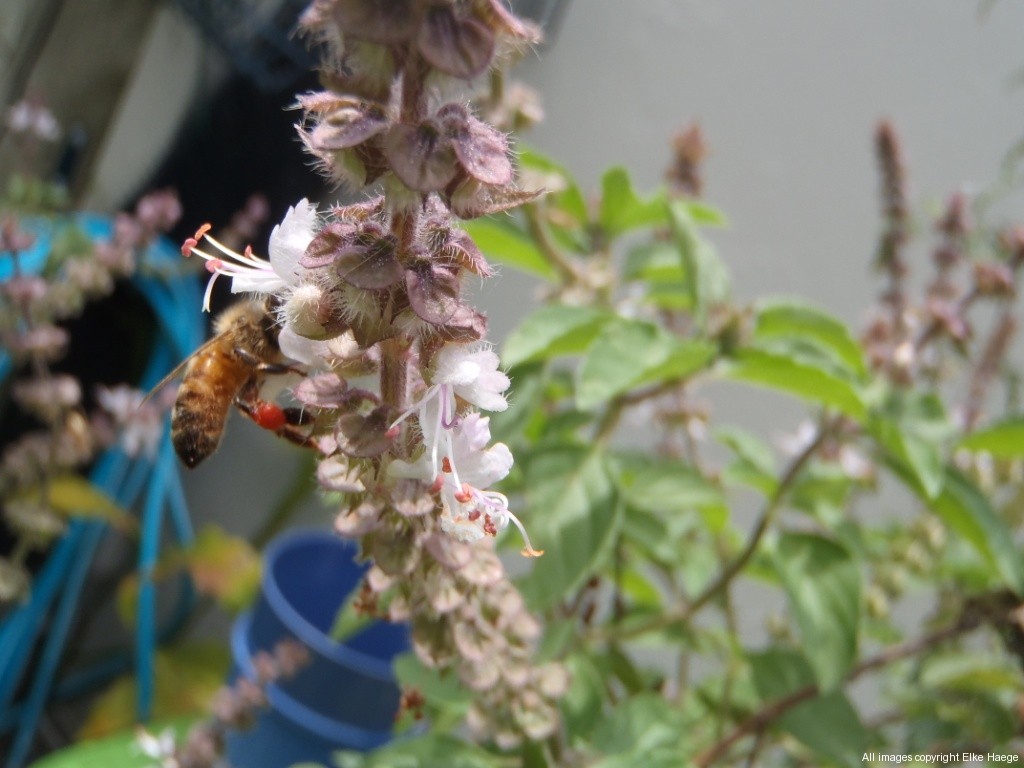
25 Feb Starting in Beekeeping.
Being secretary of the Sydney Bee Club, I have had a lot of people asking me what is involved in beekeeping with honey bees – Apis mellifera (regardless of the style (e.g. Waree, Langstroth, Kenyan Top Bar or Flow Hive).
- the first place to start is to do a course (with hands on experience). In NSW there are accredited courses. The Sydney Bee Club has a few links to some courses: available in NSW.
- Purchase a license to keep bees (e.g. in NSW through the Department of Primary Industries),
- Purchase insurance and join your local amateur beekeeping association for support.
- There is also a Code of Practice through the Australian Honey Bee Council that has mandatory responsibilities for keeping bees which includes regular inspections for disease and management techniques, log books, and notifiable reporting. There is also the need for renewing old wax to remove possible disease spores stored in wax for ensuring a viable, healthy hive.
Keeping bees is a rewarding experience, and whilst the responsibilities listed above sound like quite a lot, the reason for these are to ensure responsible beekeepers so as not to compromise the biosecurity of our food supply and important pollination service upon which our agricultural industry relies.
Getting into native stingless bees (Tetragonula carbonaria for the Sydney region) is different to keeping honey bees (Apis mellifera). Stingless native bees require a lot less maintenance, space, and does not require a license. Australia also has many thousands of solitary species of native bees that are likely to visit your garden (or balcony) if you plant out a flower-ful garden.
